What is Laparoscopic Surgery?
Laparoscopic surgery, also known as minimally invasive surgery, is a modern surgical technique in which operations are performed through small incisions (usually 0.5-1.5 cm) instead of the larger incisions needed in traditional surgical procedures. The technique involves the use of a laparoscope, a long, thin tube with a high-resolution camera and high-intensity light at the front. When a laparoscope is inserted through an incision, the camera transmits images to a video monitor, allowing the surgeon to see inside the patient’s body and perform the surgery with precision.
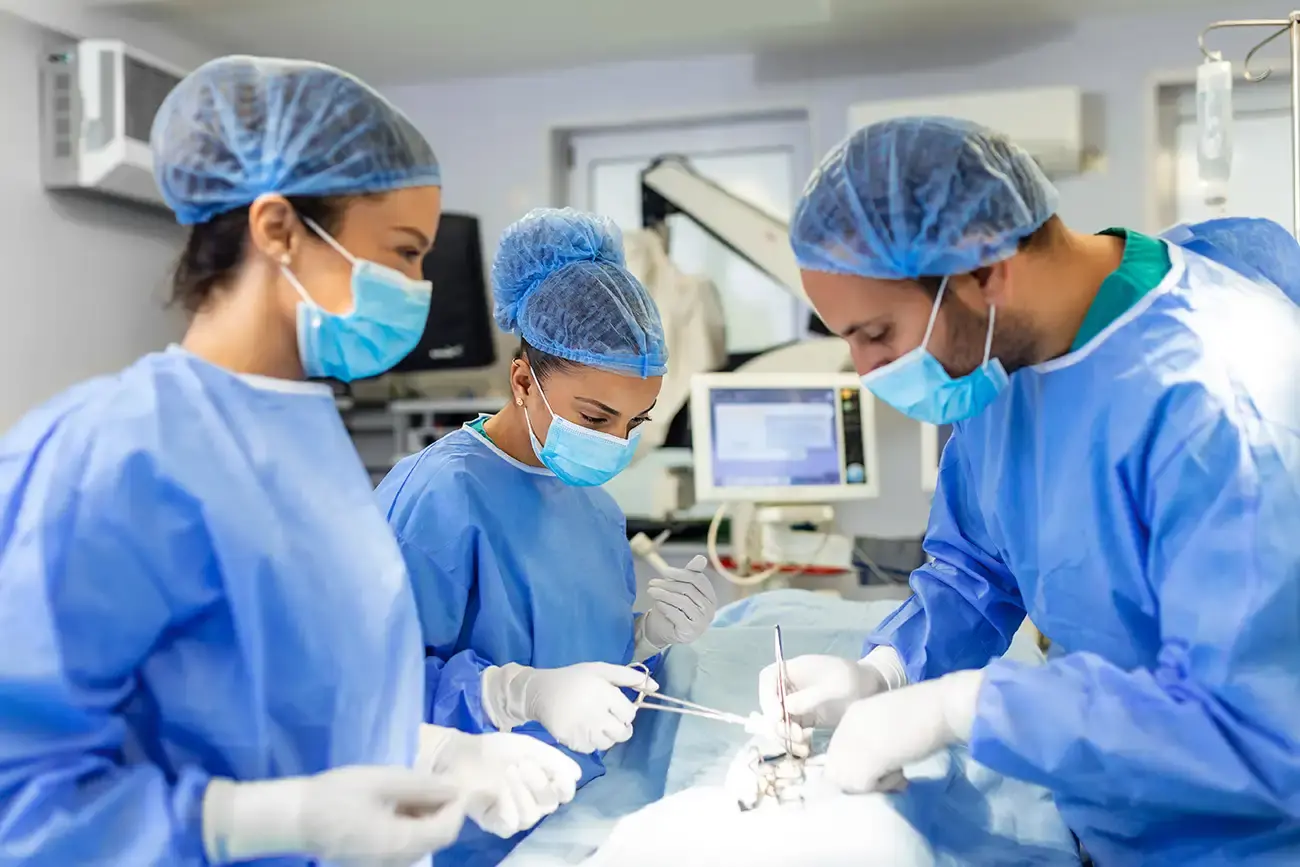
The Laparoscopic Surgery Process: Step-by-Step
1. Preparation and Anesthesia
Before the surgery, the patient undergoes a thorough medical evaluation to ensure they are fit for the procedure. On the day of the surgery, anesthesia is administered to keep the patient pain-free during the operation. Depending on the surgery, general anesthesia is usually used.

2. Making the Incisions
Once the patient is under anesthesia, the surgeon makes small incisions in the abdomen. These incisions serve as entry points for the laparoscope and other specialized surgical instruments.
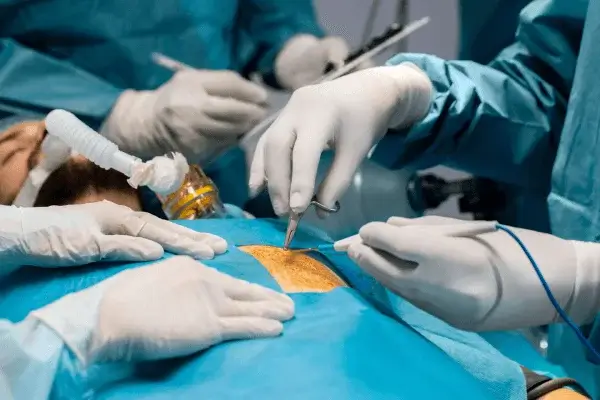
3. Inserting the Laparoscope
The laparoscope is inserted through one of the incisions, and carbon dioxide gas is used to inflate the abdomen. This inflation provides a better view of the organs and more space for the surgeon to work.
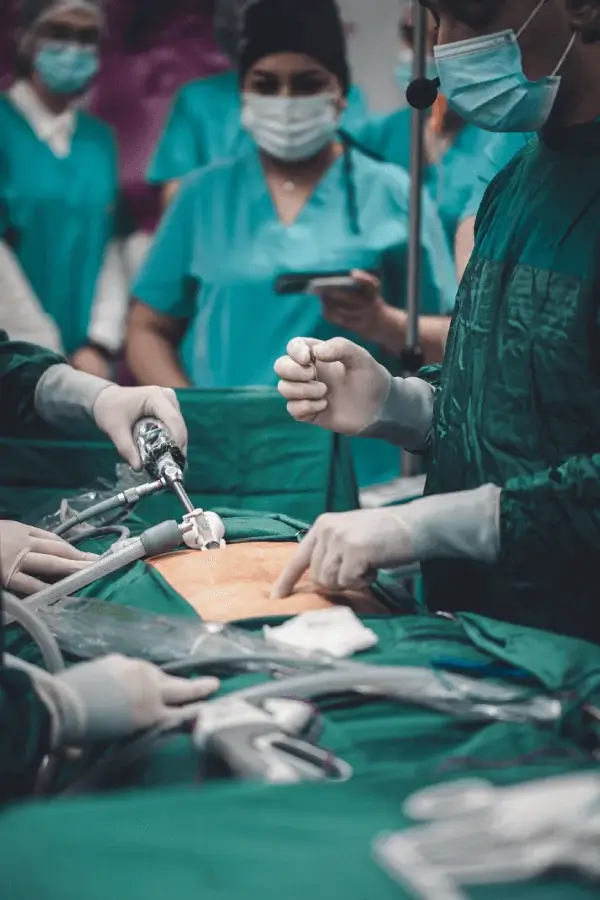
4. Performing the Surgery
The surgeon uses the images transmitted by the laparoscope to guide the surgical instruments inserted through the other incisions. These instruments allow the surgeon to perform the required procedure, such as removing a diseased organ, repairing damaged tissues, or taking biopsies.
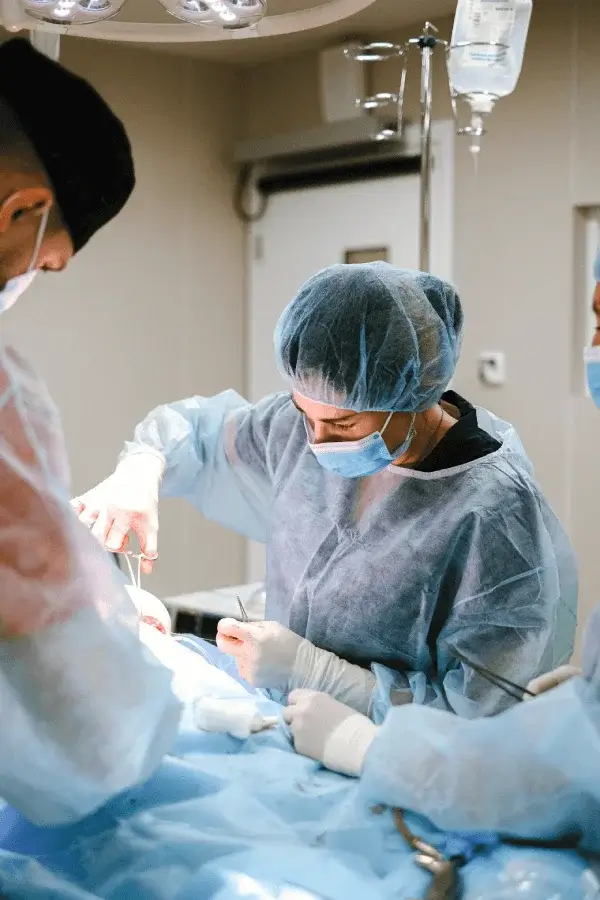
5. Closing the Incisions
After the surgery is complete, the laparoscope and instruments are removed, and the small incisions are closed with sutures or surgical glue. The patient is then moved to a recovery area for monitoring.
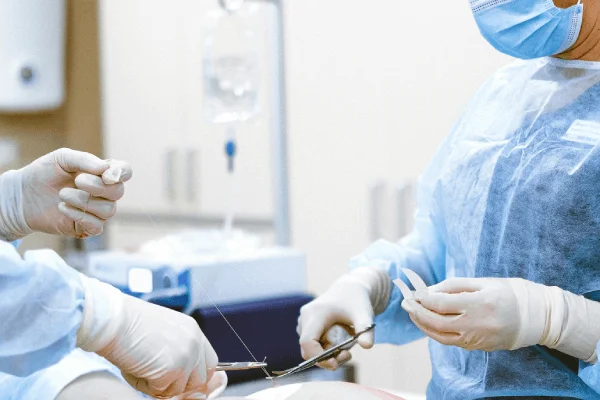
Benefits of Laparoscopic Surgery
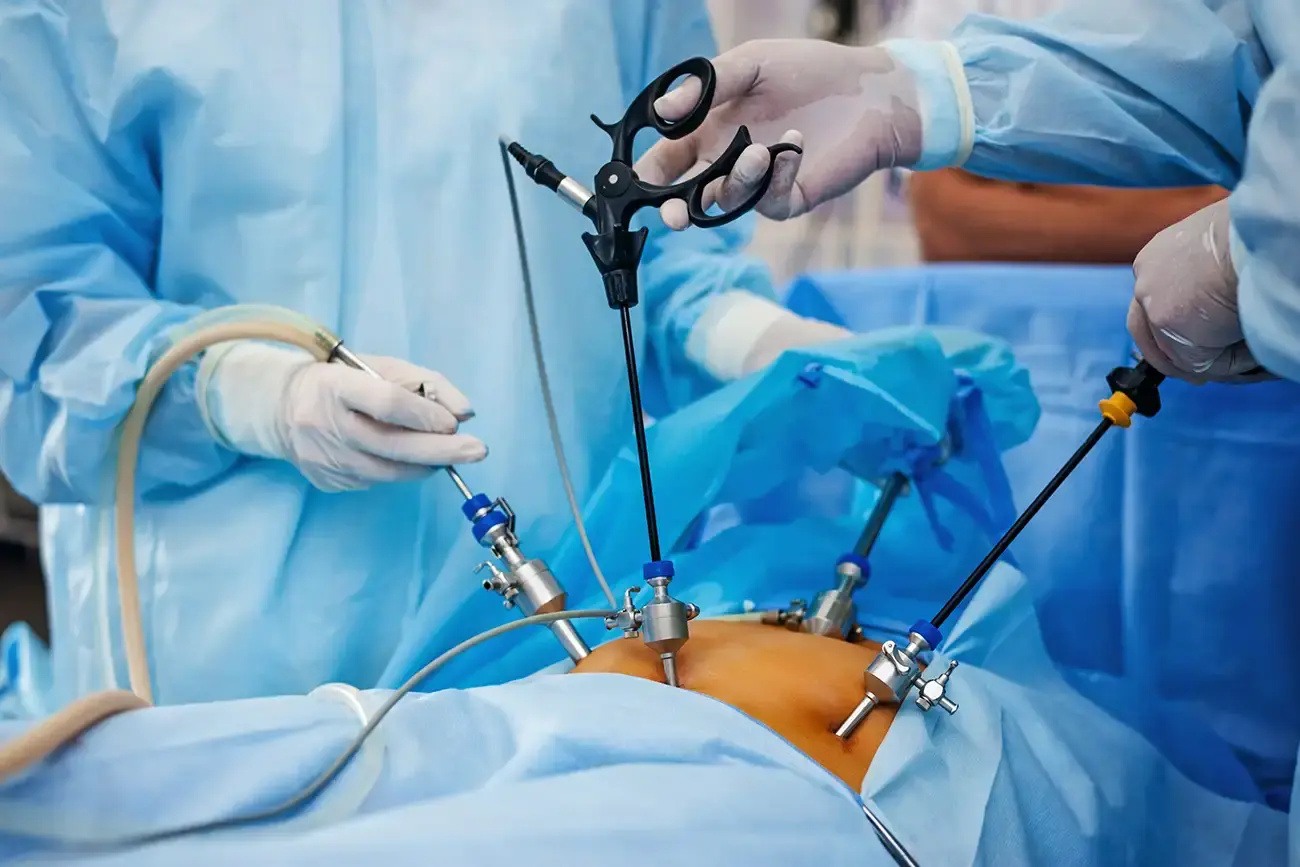
- Minimally Invasive: Smaller incisions lead to reduced scarring and less postoperative pain.
- Faster Recovery: Patients typically experience a quicker recovery time compared to traditional open surgery.
- Reduced Hospital Stay: Many laparoscopic procedures are done on an outpatient basis, allowing patients to go home the same day.
- Lower Risk of Infection: Smaller incisions decrease the risk of infection and other complications.
How Dr. Ravina Bhesania Can Help
Dr. Ravina Bhesania is a distinguished laparoscopic surgeon in Surat, India, renowned for her expertise in minimally invasive surgical techniques. With extensive experience and a patient-centered approach, Dr. Bhesania provides personalized care and treatment plans tailored to the unique needs of each patient. Whether it’s for diagnostic purposes, treatment of gynecological conditions, or other surgical needs, Dr. Bhesania ensures that her patients receive the highest quality of care with minimal discomfort and downtime.
FAQs
Conclusion
Laparoscopic surgery is a highly effective and minimally invasive option for treating a wide range of medical conditions. With the expertise of specialists like Dr. Ravina Bhesania in Surat, India, patients can benefit from advanced surgical techniques that offer faster recovery times, reduced pain, and minimal scarring. If you are considering laparoscopic surgery, contact Dr. Ravina Bhesania to discuss your options and receive personalized care tailored to your needs.
Contact Dr. Ravina Bhesania for a consultation and explore your options for laparoscopic surgery today.
